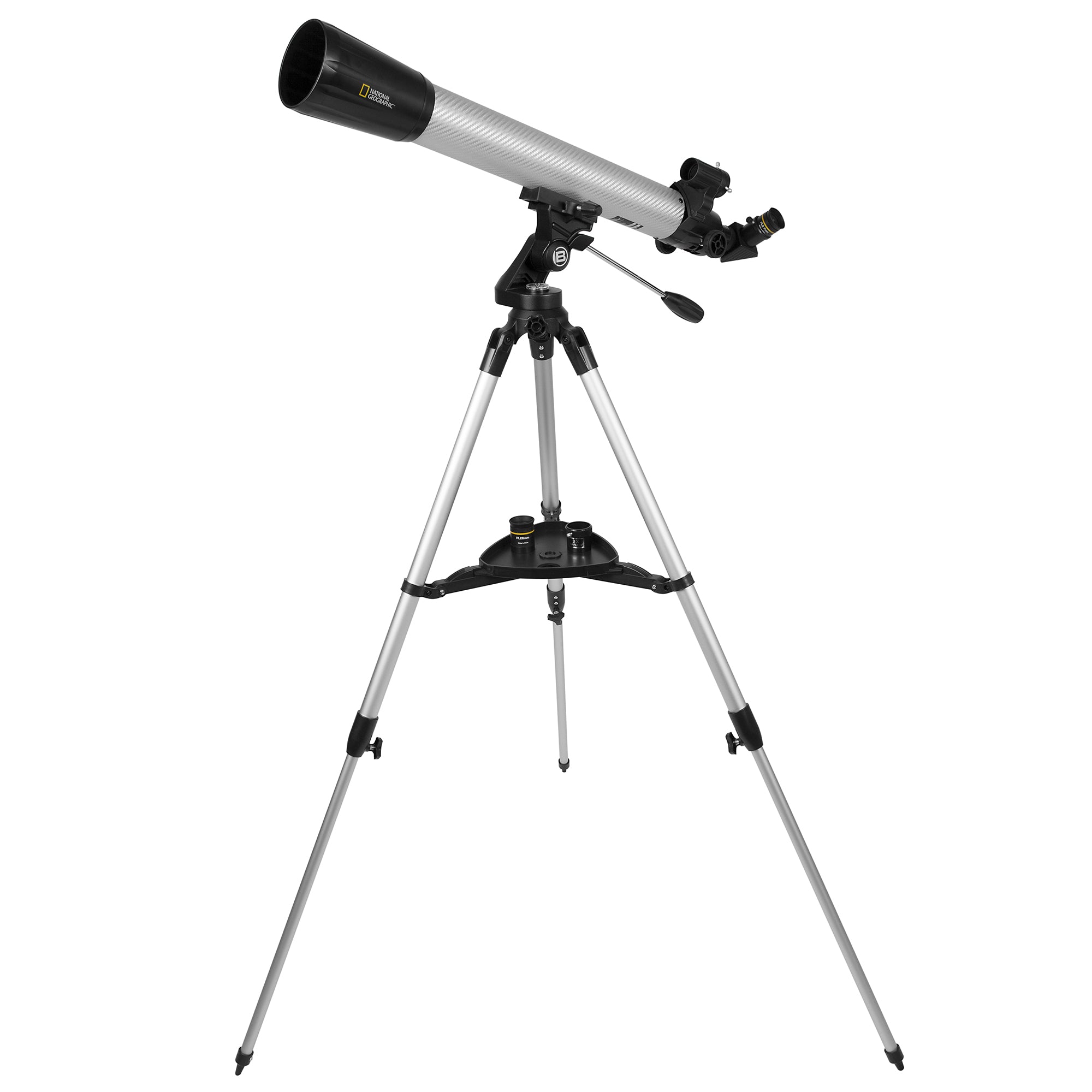

This filter blocks infrared and ultraviolet light from reaching the sensor while passing light through at visible wavelengths, making it a good choice for observation. The final filter is the UV/IR Cut Filter. The filter also makes it possible to image planets in daylight because the background sky appears much darker at wavelengths beyond 685nm.' Player One writes, 'By combining a luminance image taken with the IR-Pass filter, along with RGB and U-Venus filters, overall image sharpness is significantly enhanced when using a monochrome camera. It allows infrared light with wavelengths greater than 685nm to pass through while blocking shorter wavelengths. The Player One S-Series IR Pass Filter (685nm) does the same thing at a different wavelength. It is well-suited for lunar and planetary imaging. The IR850nm filter allows infrared light with wavelengths greater than 850nm to pass while blocking shorter wavelengths. Player One Astronomy also offers a trio of filters. The Mars-C costs $269, and the Mars-M is available for $329. Each sensor includes dead pixel suppression (DSP) to remove hot and cold pixels from the image automatically. Player One writes that the IMX290 sensor is ideal for the use of various filters. The monochrome camera's sensor is the same size and resolution, although it's an IMX290 sensor. The color camera uses a Sony IMX462 image sensor. The Player One Mars-C and Mars-M cameras utilize different sensors. The Neptune-C II can record at 93fps at full-resolution, compared to the 60fps maximum speed of the IMX178 sensor in the Neptune-C and Neptune-M cameras. For infrared photography, a CH4 filter can be attached. The Neptune-C II can be used as a monochrome camera with an IR850 filter. The image sensor has slightly fewer megapixels, however, at 4.2MP. With an improved 1/1.8" Sony IMX464 image sensor, the Neptune-C II promises higher sensitivity in the near-infrared region, reduced read noise and a higher frame rate. The Neptune-C is currently on sale for $319, and the monochrome Neptune-M is also on sale for $329. The Neptune-C and Neptune-M cameras are equipped with 6.4MP 1/1.8" IMX178 image sensors. All the planetary cameras include a 256MB DDR3 cache, which Player One Astronomy states helps stabilized data transmission, effectively eliminating frame dropping and reducing overall read noise. Newton's rings are most often an issue when photographing the sun.

Likewise, with all the cameras, the user can adjust the sensor tilt plate to reduce Newton's rings, which is an interference pattern created by light reflection between two surfaces. Player One Astronomy's planetary cameras include a USB 3.0 data port and sensor tilt adjustment.Īll Player One Astronomy planetary cameras can be attached to a telescope with a 1.25" T-mount or using a Barlow lens between the camera and telescope. In addition to availability through Sightron Japan, the Player One Astronomy cameras are also available in the US through Agena AstroProducts. 'C' means color, and 'M' means monochrome.

There are five Player One Astronomy planetary cameras: Neptune-C II, Neptune-C, Mars-C, Neptune-M and Mars-M. Player One Astronomy's cameras are designed to photograph specific planets and accordingly have different image sensors.

Image of Mars captured by MoonPrince using the Player One Astronomy Mars-C camera and C11HD telescope with TV2.5x Powermate. The Chinese firm develops sophisticated astronomical observation equipment, including cameras and additional equipment and accessories. Player One Astronomy is an astrophotography equipment manufacturer based in Suzhou, China. has announced it will release Player One Astronomy's CMOS camera for astrophotography next week.


 0 kommentar(er)
0 kommentar(er)
